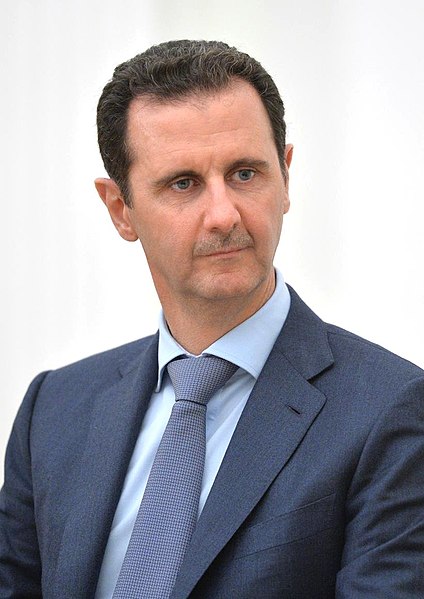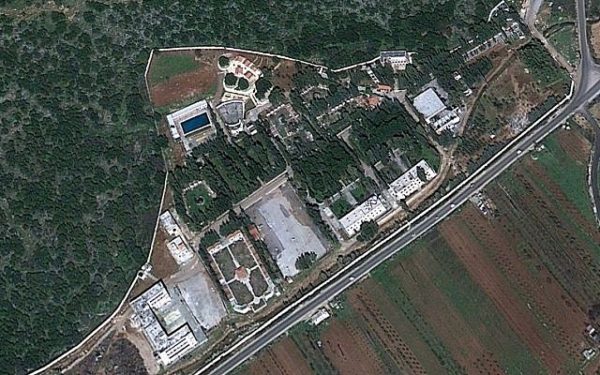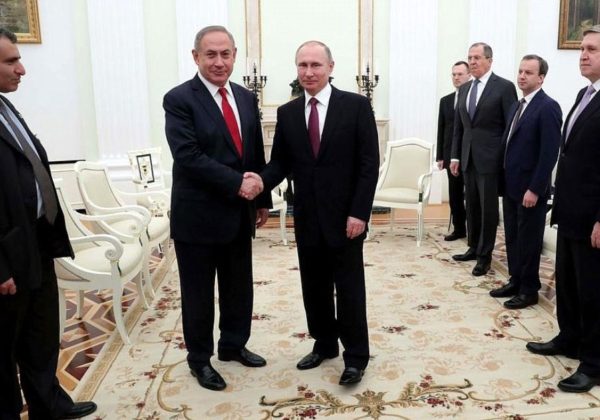Syrian government spokespersons have steadfastly denied deploying chemical weapons in the ongoing civil war, but these claims have always rung hollow. Last spring, as per usual, the Syrian regime shamelessly stuck to its script by denying responsibility for a chemical attack on Khan Sheikhoun, a rebel-held town in northern Syria. The strike killed 83 civilians and wounded close to 300.
Syria’s attempt to distance itself from this horrendous crime was so utterly lame and implausible that the United States, on President Donald Trump’s order, held Damascus to account, firing 59 Cruise missiles at the Syrian Air Force base from which it was launched on April 4.
Now comes further irrefutable proof that Syria, President Bashar al-Assad strenuous denials notwithstanding, was indeed the culprit.

In the most authoritative report to date on the subject, a United Nations Commission of Inquiry released a report on September 6 confirming Syria’s direct involvement in the attack. The panel based its findings on medical samples from the victims, interviews with 43 survivors and witnesses, analyses of satellite photographs, and logs of aircraft movements on that fateful night in April.
According to the commission, Russian-built Syrian Sukhoi-22 jets dropped three bombs, armed with the nerve agent sarin or a similar toxic substance, on Khan Sheikhoun. They released clouds of gas, killing the victims in tortuous fashion. Shortly afterwards, Syrian aircraft bombed a medical clinic and a civil defence center in the town, compounding the atrocity.
The commission also pointed out that, since 2013, Syrian government forces have launched a total of 20 chemical weapons attacks. The first one, carried out in a suburb of Damascus in August of that year, claimed as many as 1,000 lives. Unfortunately, U.S. President Barack Obama backtracked on his warning to retaliate militarily if Syria crossed a “red line” by using chemical weapons.
Instead, in tandem with Russia — Syria’s chief arms supplier and protector — the United States agreed to refer Syria to the Organization for the Prohibition of Chemical Weapons. Assad promised to eliminate his chemical weapons of mass destruction, but there is good reason to believe he did not carry out the task to completion, thereby reneging on his solemn pledge.

By all accounts, Syria is still in possession of a considerable stockpile of chemical weapons, which pose a threat to its own people and to neighboring countries. Which is why Israel was justified in bombing a branch of Syria’s Scientific Studies and Research Center in the town of Masyaf in western Syria on September 7, 10 years after the Israeli Air Force demolished Syria’s North Korean-built nuclear reactor.
Israel reportedly destroyed chemical weapons, missiles and barrel bombs, according to the Syrian Observatory for Human Rights, which has documented the civil war since its inception six years ago.
The target of the most recent Israeli strike was about 70 kilometers from the Khmeimim air base, which Russia began using in September 2015 to launch attacks on Syrian rebel forces and Islamic State positions. Interestingly enough, the Russians did not issue a public condemnation of Israel’s operation, their close relations with Syria notwithstanding. It’s possible that Russia complained about it behind closed doors, but Russian President Vladimir Putin, having met Netanyahu in Moscow recently for the sixth time in two years to discuss regional issues, is fully aware that Israel will do whatever is needed to defend its security interests.

The day may yet come when Israel’s interests collide with Russia’s. Such a collision would be an ominous moment in the Middle East and a test for Israel’s strategic alliance with the United States.
